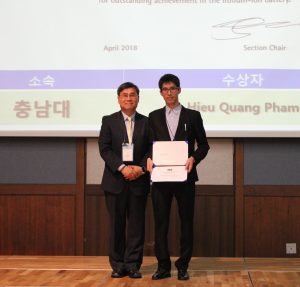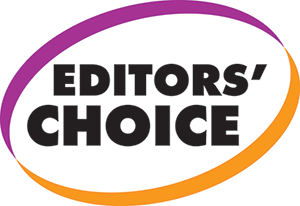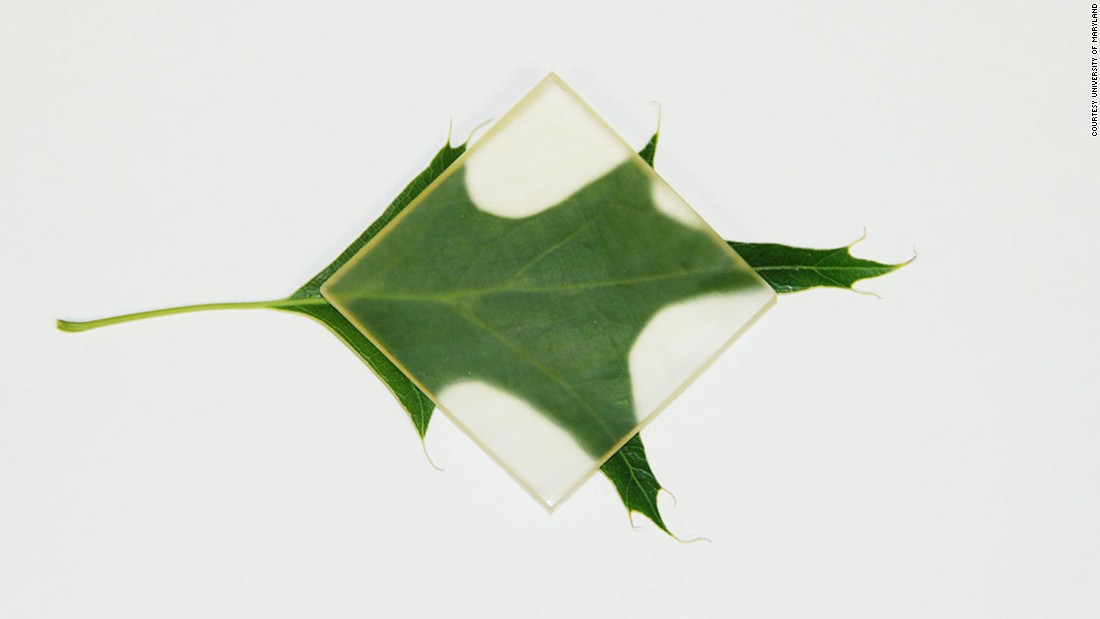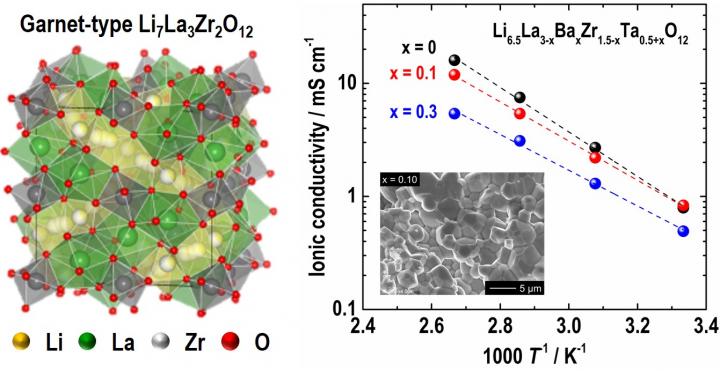Nomination Deadline: September 30, 2018
ECS recognizes outstanding technical achievements in electrochemistry and solid-state science and technology through its Honors & Awards Program. There are many deserving members of the Korea Section among us and this is an opportunity to highlight their contributions.
We are currently accepting nominations for the following award:
Korea Section Student Award was established in 2005 to recognize academic accomplishments in any area of science or engineering in which electrochemical and/or solid state science and technology is the central consideration. The award is intended to encourage students who are pursuing a PhD at a Korean university to initiate or continue careers in the field.




 Engineers have created a high-frequency electronic chip potentially capable of transmitting tens of gigabits of data per second, much faster than the fastest internet available today.
Engineers have created a high-frequency electronic chip potentially capable of transmitting tens of gigabits of data per second, much faster than the fastest internet available today. Three new Editors’ Choice articles have been published recently in the Journal of The Electrochemical Society (JES) and ECS Journal of Solid State Science and Technology (JSS).
Three new Editors’ Choice articles have been published recently in the Journal of The Electrochemical Society (JES) and ECS Journal of Solid State Science and Technology (JSS).
 While cyberwar may sound like the plot of the latest sci-fi blockbuster, the realities of the phenomena are much more palpable. Few understand that better than
While cyberwar may sound like the plot of the latest sci-fi blockbuster, the realities of the phenomena are much more palpable. Few understand that better than 

